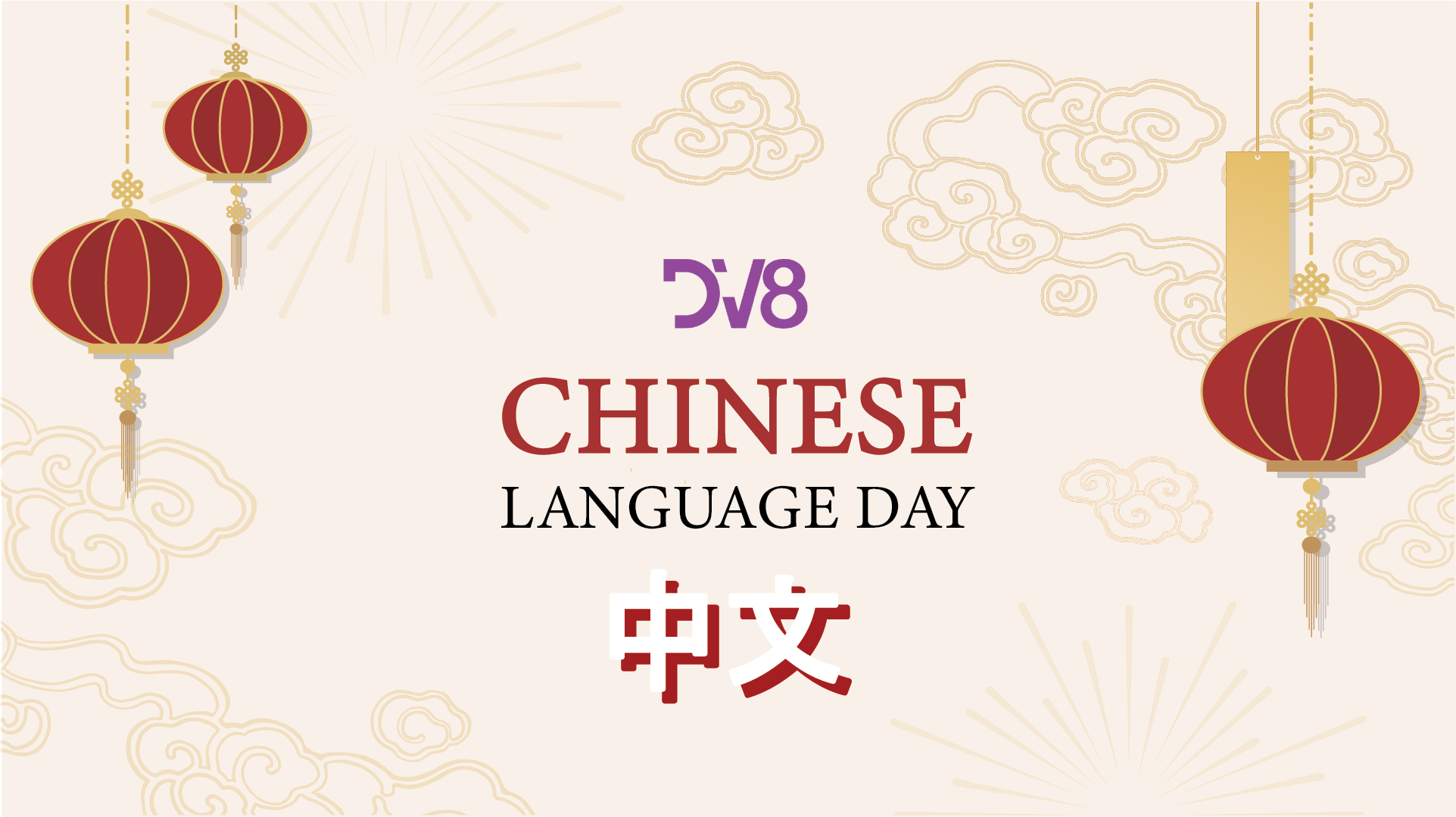Chinese Language Day: 4 Amazing Facts About the Chinese Language You Probably Didn’t Know
Chinese Language Day falls every year on April 20. The recognition was given by United Nations to honour and celebrate one of the oldest written languages in the world. The United Nations established language days for each of its six official languages – Arabic, Chinese, English, French, Russian, and Spanish – in 2010. The purpose of this initiative is to encourage multiculturalism and celebrate cultural diversity.
Why April 20?
April 20 was chosen to coincide with the traditional Chinese Lunisolar calendar’s 6th solar term, Guyu (“Rain of Millet“), to pay tribute to Cangjie, a significant Chinese figure renowned for inventing Chinese scripts and characters.

Some Facts About The Chinese Language
Fact #1: Mandarin isn’t the only “Chinese language.”
Besides Mandarin, many other Chinese languages exist, including Cantonese, Hokkien, Shanghainese, Southern Min, and others. These languages differ in pronunciation, vocabulary, and grammar, making them distinct.
Fact #2: Chinese has borrowed words from English
English has become a significant source of loanwords for the Chinese language. Some Chinese words are originated from English, including kafei (咖啡 /kaa-fay/) means coffee, and shafa (沙发 /shaa-faa/) means sofa in English. These words are commonly used in everyday conversation, particularly among young people in urban areas.
Fact #3: There are two forms of Chinese characters

Chinese characters have two forms: Traditional and Simplified. Traditional characters are the original form of Chinese characters that have been used for thousands of years, while Simplified characters were introduced in the 1950s as part of a language reform effort in Mainland China to increase literacy rates. The simplified version of Chinese characters is widely used in mainland China, while traditional characters are used in Hong Kong, Taiwan, and other Chinese communities worldwide.
Fact #4 The Chinese language doesn’t have an alphabet.
The Chinese language does not use the alphabet as its writing system. Instead, it uses individual characters, each of which represents a word or concept. This means that to read and write in Chinese; you need to learn and memorize thousands of unique characters. However, a system called Pinyin uses the Roman alphabet to transcribe Chinese pronunciation, which can be helpful for learners.
Chinese Language in Canada

Chinese is one of Canada’s most widely spoken languages, after English and French. According to the 2021 Canadian Census, over 920,000 Canadians identify Chinese (Mandarin and Cantonese) as their mother tongue or a language that is spoken regularly at home.
What does this signify? An opportunity to connect with one of the largest communities in Canada.
The time has come to revolutionize your business and focus on the multicultural segment. By targeting this demographic, brands can tap into a significant portion of the Canadian population and connect with them in a language they are comfortable with.
And that’s where Multicultural Marketing comes in! With 20 years of expertise, DV8 has effectively connected various brands with multicultural communities by developing creative campaigns that resonate with diverse audiences. Take a glance at some of the successful Chinese campaigns we crafted for Kiehl’s La Vie En Rose. If you are planning to get started, we are an email away- info @ dv8communication.com.



